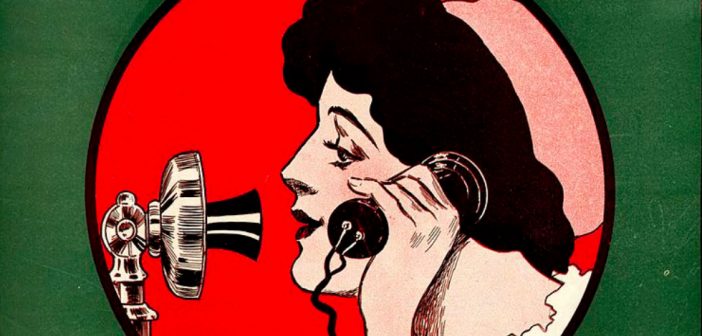Remember VoIP? How about international landline calling cards? Telegrams? Carrier pigeons? How about smoke signals?
Ok, I jest with those last ones, but before FaceTime, WeChat calls, WhatsApp, and Zoom, those were our best options when it came to communicating over long distances. While our recent forced transition to a totally online world thanks to COVID-19 has not been totally smooth, it’s easy to forget just how hard it was to have a simple chat with the family back home in the past.
Ready to jump in the time machine? Ten years ago this month, we were blogging about how to call home without breaking the bank. Back then, “Typical landline rates to the USA/UK on Beijing Telecom are RMB 8 per minute. From the USA to China, rates average USD 0.15 a minute.”

“It says here we should get milk on the way home”
Skype, which is widely regarded as the first large company to commercialize Voice-over-Internet-Procol technology, did exist and by 2010 had over 660 million worldwide users, but here in China at least, we were still dealing with the inconvenient “echo effect” which made using the service a pain. And iPhone FaceTime was still in the future: it wouldn’t be released in the US until a month after the article was published, in June of 2010.
So what was a keen conversationalist to do? Our writer recommended a couple of other VoIP options, explaining the system “which uses the internet and assigns you a USA based telephone number.” VoIP had only taken off in a big way in around 2007 in most parts of Asia and was still a bit of an unknown entity to most casual users. In the blog, we discussed the merits of two different services, Vonage and Ooma which “both have land-line quality connection” (if you remember what that is). So far so good, but stacking at USD 25.99 per month subscription for the first, and a flat USD 249.99 fee for the second, these were pretty expensive investments back then. Oh, and the systems also were required to be purchased and shipped from the US, needed a replacement 220v charger, and didn’t work over WiFi.
The technology may have come a long way, but one thing still rings true: privacy concerns are real. While discussing different VoIP options, we also threw in a warning about one service which actually still exists, called MagicJack. Although relatively cheap back then (one-time fee of USD 39.99) it required users to allow the company to “analyze their calls” and then peppered users with targetted ads. Some things never change: if you’re not paying, you’re the product.
You can read the entire original blog here.
KEEP READING: Maintaining Long-Distance Friendships From China: Some Practical Tips
Images: Wikimedia Commons




